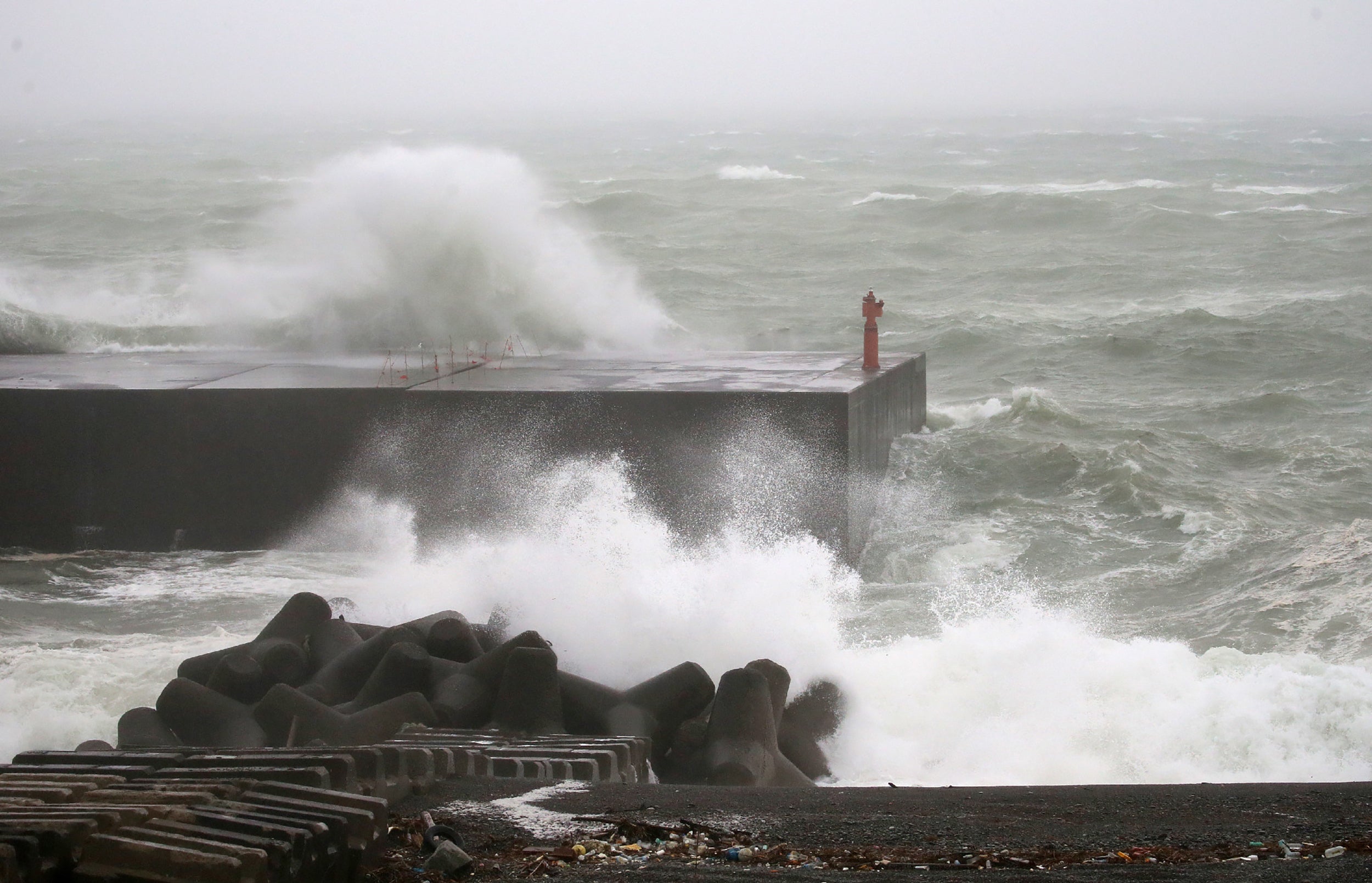Typhoon Noru: Five dead as Philippines hit by strongest storm of the year
Noru, locally called Karding, went through an ‘explosive intensification’ over the open Pacific Ocean
Your support helps us to tell the story
From reproductive rights to climate change to Big Tech, The Independent is on the ground when the story is developing. Whether it's investigating the financials of Elon Musk's pro-Trump PAC or producing our latest documentary, 'The A Word', which shines a light on the American women fighting for reproductive rights, we know how important it is to parse out the facts from the messaging.
At such a critical moment in US history, we need reporters on the ground. Your donation allows us to keep sending journalists to speak to both sides of the story.
The Independent is trusted by Americans across the entire political spectrum. And unlike many other quality news outlets, we choose not to lock Americans out of our reporting and analysis with paywalls. We believe quality journalism should be available to everyone, paid for by those who can afford it.
Your support makes all the difference.Five rescuer workers died after Super Typhoon Noru made landfall in the Philippines, causing floods and power outages across the country.
The rescue personnel, from the Provincial Disaster Risk Reduction and Management Offices, were washed away in flash floods while carrying out operations in the district of San Miguel, according to officials.
The rescuers were using a boat to help residents trapped in floodwaters but got hit by a collapsed wall and drowned in the rampaging waters, Daniel Fernando, governor of Bulacan province, north of Manila, said.
“They were living heroes who were helping save the lives of our countrymen amid this calamity,” Mr Fernando told DZMM radio network. “This is really very sad.”
Some residents have also reportedly been injured, with one falling off the roof of his house in Polillo Island in northeastern Quezon province.
“Many homes were destroyed but all roads are passable and there were no landslides,” Helen Tan, the governor of another typhoon-affected province, Quezon, told the radio station.
Typhoon Noru, locally called Karding, is the most powerful typhoon to hit the country this year. It slammed into the coast of Burdeos town in Quezon province before nightfall on Sunday after undergoing an “explosive intensification” over the open Pacific Ocean.
Sustained winds of 185 kilometres (115 miles) per hour hit the main island of Luzon at the weekend, prompting authorities to rush for rescue and shut down schools, government offices and the stock market through Monday.
Rains battered the Luzon province overnight which accounts for more than two-thirds of the economy and roughly half of the country’s 110 million population.
However, the water began to recede early morning as authorities started operations to clean up fallen trees and debris.
Two of the worst hit provinces, the northern provinces of Aurora and Nueva Ecija, remained entirely without power on Monday while repair crews worked to bring back electricity, according to energy secretary Raphael Lotilla.

Approximately 70,000 people were moved to emergency shelters before Sunday night, some “forcibly”, officials said.
President Ferdinand Marcos Jr praised officials for evacuating thousands of people to safety as a precaution before the typhoon hit which prevented a large number of casualties despite Noru’s potentially disastrous force.
“I think we may have gotten lucky, at least this time,” said Philippines president Ferdinand Marcos during a briefing on Monday. “I think it’s clear from what we did these last two days is that, very, very important, is preparation.”
“It’s not yet over. I think the point when we can stand down is when the majority of evacuees are already back in their homes,” he told the conference with disaster management officials.
The typhoon is expected to leave the Philippines by Monday evening.
The Philippines is frequently hit by storms due to its unique geographical location called the “Pacific Ring of Fire”, where many volcanic eruptions and earthquakes occur.
However, these typhoons have become more powerful, frequent and unpredictable as the oceans get warmer due to the man-made climate crisis.
The report from Intergovernmental Panel on Climate Change warns climate change is affecting many weather and climate extremes across the globe, such as heat waves, heavy precipitation, droughts and tropical cyclones.
Experts have also raised alarms over the rapid and extreme intensification of Noru, becoming one of the fastest-intensifying cyclones in modern earth history, according to Yale Climate Connections.
Additional reporting by agencies




Join our commenting forum
Join thought-provoking conversations, follow other Independent readers and see their replies
Comments